Photo by Kati Veijonen, Embassy of Finland
Xishuangbanna prefecture, in the Southern Yunnan province of China, harbors much of the biodiversity of Yunnan. It is home to the last few wild Asian elephants still roaming naturally in China. To cross the border, the elephants do not need any passport or visa, but the fast economic development of the region puts their natural environment and passage ways in danger. Currently Bangkok-Kunming expressway passes through Xiaomengyang Nature Reserve.
The Core Environment Program (CEP), funded by the Nordic countries and Asian Development Bank, is helping the Greater Mekong Sub-region (GMS) to achieve environmentally-friendly economic growth. Overseen by the environment ministries of the six GMS countries and administered by the Asian Development Bank, CEP introduces and promotes initiatives to improve development planning, safeguards, monitoring, biodiversity conservation, and climate resilience. Cambodia, Lao PDR, Myanmar, Thailand, Vietnam, as well as Yunnan and Guangxi provinces of China are the partners of the Core Environment Program.
Representatives of the Governments providing fund to CEP had an opportunity to visit Xishuangbanna and the biodiversity corridors together with the implementing partner, Environmental Operations Center of Bangkok under Asian Development Bank, and the host, Yunnan Environmental Protection Department.
Biodiversity corridors
Located in PR China, the Xishuangbanna Tropical Rainforest landscape of South Yunnan is one of the pilot sites for biodiversity corridor conservation supported by the Core Environment Program. While eight potential corridors were initially identified, two pilot sites were eventually implemented between Nabanhe and Mangao; and between Mengla and Shangyong (wild elephant sanctuary), which is also a trans-boundary conservation landscape bordering Lao PDR. We visited two project sites in Nabanhe- Mangao corridor where village development fund and ecological restoration had been implemented
Biodiversity corridors help to maintain and recover a certain degree of cohesion in otherwise fragmented ecosystems. Often human development: construction, roads, expansion of agricultural land, puts pressure on ecological zones and leaves smaller, more fragmented space for wildlife and biodiversity. Partly as a result of climate change, the borders of suitable habitats are continuously changing. Because of that, it’s important for many species to be able to migrate over great distances.
Through biodiversity corridors, the viability of animal and plant species is improved by enlarging habitats, for example to improve the search for food, dispersion of young animals, and re-use of ”empty” habitats.
During Phase I of the program (2006–2011), two biodiversity corridors were established in Yunnan with total land coverage of almost 18,000 ha. The main target for these selected corridors was ecological restoration through planting local tree species. By combining alternative livelihood development to the main target, the program sought to improve habitat connectivity and ecosystem functionality while at the same time reducing rural poverty.
Photo by Duncan Mcleod, EOC
Forest restoration
One new nature reserve with land area of 35,000 ha was also set up during Phase I and the forest restoration now covers 1,200 ha in total. This includes both natural regeneration and human-assisted regeneration. Forest restoration accelerates recovery of forest structure, ecological functioning and biodiversity. In Yunnan restoration work enabled the return of wild Asian elephants to the Huiqila valley area – their natural passage way was restored.
One of the activities supported in Yunnan has been forest restoration. We visited a site where the villagers had restored their forest i.e. by planting trees. Villagers had also received training on how to plant trees on tea plantation areas. Interestingly though, many different pine and spruce species blossomed in the tea plantations. They reportedly grow very fast.
Village development funds set in the corridor for improving quality of life and livelihoods
Village development funds (VDFs) were set up during CEP Phase I. They operate on the revolving fund principle, meaning that fund borrowed from the original fund capital is meant to be returned with interest and will be available for lent again. These funds were used as an instrument to help villagers to sustain their livelihoods while not damaging the forest. The villages participating in the VDF scheme were selected based on their capacity to run the fund.
Piglets and seedlings
Each participating village received an initial capital of 50,000¥ (about 6,000 €) for the village development fund. Villagers have borrowed money from the fund to buy piglets, buffalos, goats, chicken, piggeries, tea processing machinery, seeds, seedlings, fertilizers, pesticides, and for their health care related costs for instant. Each village typically selected a committee in charge of the administration of the funds. The criteria for selecting borrowers were also set by the villagers; in general basic rule was that the borrower should demonstrate the ability to pay back the loan.
We had a change to interview villagers who stressed the positive impacts these activities had brought along. Those included increased knowledge and better understanding of the natural resources and better forest management. Villagers still have right to use the forest but on a more environmentally sustainable basis.
Use of village development funds will continue and be expanded as a tool for improved life quality and new livelihoods during the second phase.
Best quality tea from Mangun Shangzai
During our first visit to Mangun Shangzai Village, we met villagers who were originally nomadic people. They did not build permanent village structures but moved from time to time to a new place. However, they had decided to stay in Mangun Shangzai and started agricultural activities. Within the project they had received training for pig and chicken raising, planting local tree species and tea plantation management. Currently, they produce the best quality tea in the region.
Villagers received tea seedlings from the project and planted them in their land with the objective of forest restoration. However, each landowner decided which species they wanted to plant. Expectation was to increase diversity of the land where only tea plants were cultivated before. This has resulted in more cash income for the villagers.
Bulong Nature Reserve
Core Environment Program has supported the establishment of Bulong Nature Reserve along the border with Myanmar, which covers total area of 35,000 ha. Bulong nature reserve has important role in establishing cross-border ecosystem connectivity. This supports the protection of Asian elephants travelling between Shangyong (China) and Nam Ha (Lao) nature reserves.
Bulong Nature Reserve has trained community based forest patrollers. Capacity building provided for the people living in the area has given excellent results. While illegal logging was quite common before, villagers now grow new crops to secure their livelihoods. The villagers participating in our meeting were not very talkative so it was not clear if they felt that their voice was heard during this process. Anyhow, they seemed pleased with the new development of forest restoration. Nature reserve staff has helped them to increase income from agricultural activities, for example planting new species in between the tea plants. They also mentioned that, because of their religion (Buddhist, Tai minority), supporting ecological activities is important.
Yexianggu, Wild elephant valley
During the last day of our travel, we had a change to visit Xishuangbanna National Nature Reserve and Wild Asian Elephant Park and Refuge. There are about 50 groups of wild Asian Elephants roaming in this region and the total population is about 300–350. Very long observation corridors have been built above the ground for people to see wild elephants passing the valley. I was actually quite happy that we did not see any wild elephants in the park. I hope it means that they come and go as they please – maybe once a week, according to the park staff. It was however interesting to see the area and an elephant museum showing pictures of elephant-related occurrences in the region.
Next steps for Yunnan under the second phase of Core Environment Program
The works of Core Environment Program in biodiversity landscape and livelihoods will continue but implementation modes may differ. The government of China will contribute funding especially to solid waste disposal, waste water treatment, and conservation activities.
During our visit to Xishuangbanna, we had plenty of time to discuss about biodiversity issues, environmental development, and implementation of the Core Environment Program with our hosts. Interview with Liqiong Yang from the Yunnan Provincial Environmental Cooperation Office can be found under this link https://blogit.ulkoministerio.fi/bangkok/on-field-with-yunnan-environment-protection-bureau/
Find out more about the Core Environment Program: www.gms-eoc.org






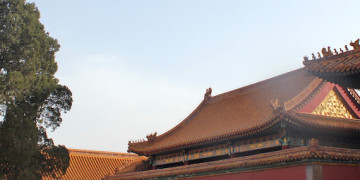








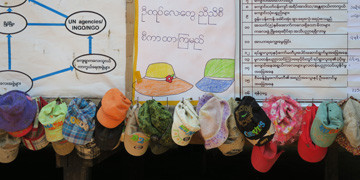


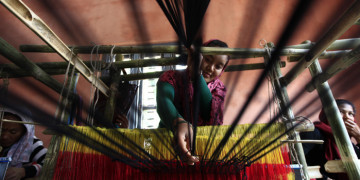



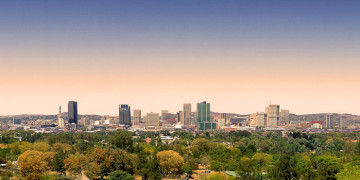


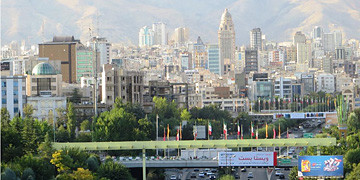




[…] Biodiversity corridor approach was first-ever explored in Yunnan of China through CEP-BCI, which made Yunnan the pioneer in the country in this regards. Meanwhile, in response to the national and provincial development strategy aiming to develop Yunnan as the gateway of China to South-East Asia, Yunnan’s CEP experience is a valuable asset which can be used for further building on the environmental cooperation within GMS countries. […]